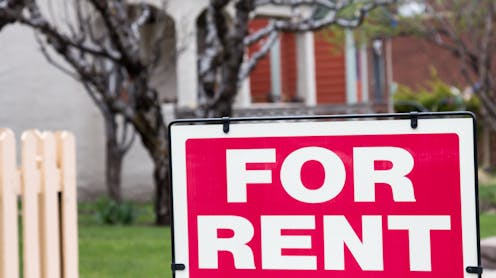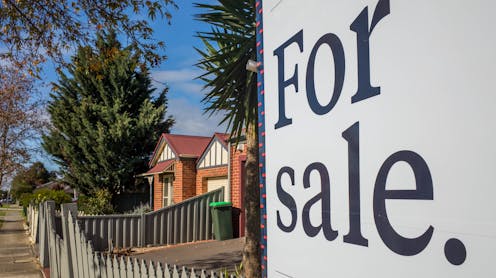A high-yield savings account offers savers several key benefits, including easy access to funds and interest rates that often outpace inflation. Despite the availability of high-yield savings accounts with annual percentage yields (APYs) above 4%, a recent Bankrate survey found that 67% of Americans with savings accounts are earning less than this rate. This article delves into the survey findings, revealing why many savers are missing out on higher returns and what they can do to boost their earnings.
High-Yield Savings Accounts: A Missed Opportunity for Many Savers
High-yield savings accounts, particularly those offered by online banks, provide significantly better returns than traditional savings accounts at major banks. While many banks still offer APYs as low as 0.01%, competitive rates of 4% or higher are increasingly available, especially online. Despite this, only 22% of Americans with savings accounts earn an APY of 4% or more. A third of Americans have no short-term savings, and those with savings accounts often settle for lower returns due to convenience or unfamiliarity with higher-yield options.
Most savers don’t earn high savings account rates

Key Findings on Savings Account Interest Rates
Bankrate's survey highlighted several key statistics about the savings landscape.
Only 15% of savers earn an APY between 4% and 4.99%, and just 7% earn 5% or more.
A significant 22% earn APYs between 1% and 2.99%, while 17% earn less than 1%.Around 17% of savers earn no interest at all, and 11% are unsure of their APY.
Over half (51%) of consumers have a savings or money market account with an online bank, up from 40% last year.
The survey found that while finding competitive savings rates isn't difficult, many savers remain with traditional banks due to a preference for local branches, comfort with existing financial institutions, or concerns about the security of online banking.
Reasons people don’t have online savings accounts
People with short-term savings who don’t have an online savings or money market account cited various reasons for this:
Preferred access to a local branch: 45%
Comfort level with current financial institution: 42%
Worry about the security of their money: 32%
Not enough savings to make it worthwhile: 22%
Uncertainty about ease and speed of money transfer: 13%
Haven’t gotten around to it: 10%
The time and effort it takes to open account: 5%
Something else 5%
Don’t know 5%
Barriers to Higher-Yield Savings Accounts
Despite the advantages of high-yield savings accounts, many savers avoid online banks. The survey revealed the following reasons among those without an online account:
45% prefer access to a local branch.42% feel comfortable with their current financial institution.32% worry about the security of their money.
Other reasons include having insufficient savings, concerns about the ease of transferring money, and simply not having taken the time to open an online account.
Greg McBride, Bankrate’s chief financial analyst, suggests that these concerns are often more about habit than real barriers. He points out that only a savings account—not the entire relationship with a traditional bank—needs to be moved to an online bank to earn a better rate.
Generational Differences in Savings Behavior
The survey also found differences in how various generations manage their savings.
Millennials (ages 28-43) are the most likely to earn high APYs, with 25% earning 4% or more, while Generation Z (ages 18-27) lags behind, with only 20% earning similar rates.
Baby boomers (ages 60-78) are the group most likely to prefer branch access, with 53% citing it as a reason for not having an online account, compared to just 32% of Gen Zers.
Income Influences Savings Account Choices
The likelihood of earning a higher APY increases with income. Households earning less than $50,000 are the least likely (17%) to earn 4% or more, compared to 33% of households making $100,000 or more. Similarly, lower-income households are more likely to earn no interest, with 26% of those earning under $50,000 not earning any APY, compared to just 9% of higher-income households.
How to Find the Best High-Yield Savings Account
To maximize the benefits of a high-yield savings account, consumers should consider the following factors.
APY: Look for accounts with competitive APYs that can significantly boost your earnings over time.
Minimum Opening Deposit: Some accounts have no minimum deposit requirement, while others may require a larger initial amount.
Monthly Service Fees: Avoid accounts with fees that can erode your savings. Many high-yield accounts offer no service fees or minimum balance requirements.
Deposit Insurance: Ensure your bank or credit union is insured by the FDIC or NCUA, protecting your deposits up to $250,000.
More: Simple Guide to High-Yield Savings Accounts
Conclusion
While the percentage of savers earning 4% or more has tripled from last year, millions of Americans are still missing out on the benefits of high-yield savings accounts. By exploring options beyond traditional banks and overcoming common barriers like branch access and security concerns, savers can take advantage of better interest rates that help their money grow faster.
Source: Bankrate survey (bankrate.com)


















 English (United States) ·
English (United States) ·